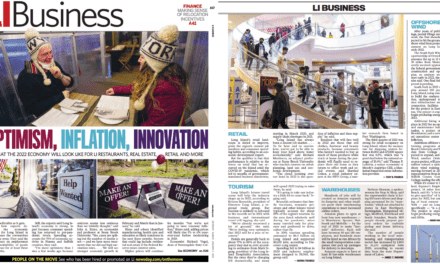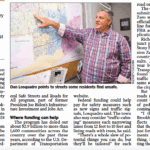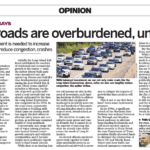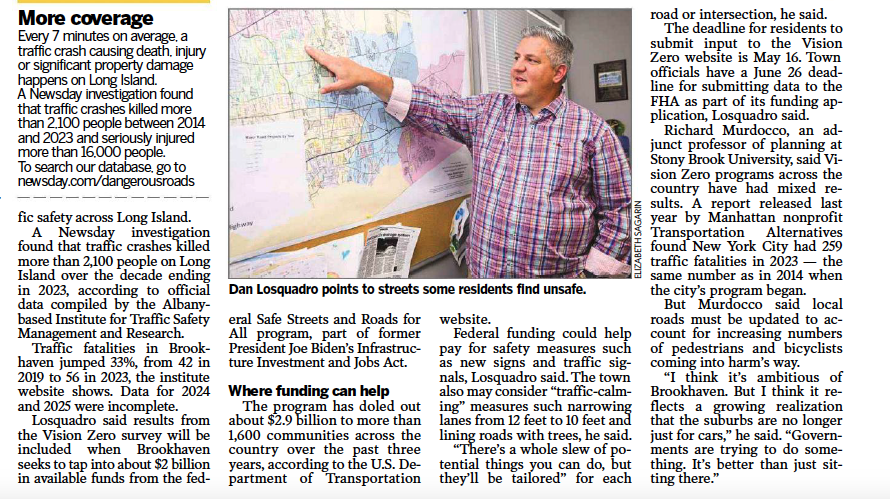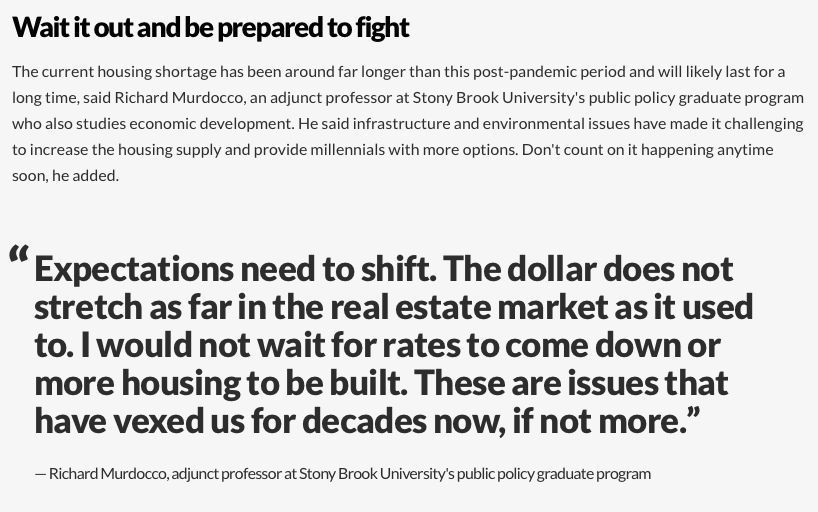As seen on NY MuniBlog on 4/4/2011:
In recent years, there has been a shift of tone in the discussion of planning on Long Island. What once was a pragmatic, scientific and data-backed approach has given way to an ideological and political dog and pony show. This era of developer driven plans that call for more density being heralded as Long Island’s “sustainable” future has to come to an end, and the focus of planning on Long Island must return a consensus driven approach. It’s now more spectacle than science, and the reason for this is government’s acceptance and promotion of lackluster planning practices.
The shift of tone in Long Island’s planning world began with the demise of the Long Island Regional Planning Board, which existed from 1965 to 2006. Since 1965, the board’s body of work was both academic in nature and far reaching in its scope. The board’s advisory reports and findings framed public debate and provided statistics on issues ranging from commercial and residential development to conservation and water quality1. Describing the board’s approach, Dr. Lee Koppelman, who was the director of the board from 1965 to 2007, was quoted as saying: ”I had a simple rule with all my staff. They could not be involved in real estate, and they could not be involved in politics.”2. It is this kind of approach that yields the best planning efforts, but currently Long Island has too many insider interests influencing its planning on a local and regional scale.
The demise of the Long Island Regional Planning Board (and in turn, the old approach to planning) occurred when, in 2007, the two county executives at the time set out to “revitalize, broaden and refocus the board” 3. The end result was the renaming of the board to the Long Island Regional Planning Council and allowing town supervisors and village mayors to serve on the council 4, as well as business executives, town and village government leaders and nonprofit representatives.5. What once was a group detached from (and many times ran counter to) the political realities of the time, was turned into a group that is a shell of what it used to be, and is vulnerable to outsider interests and agendas.
The board of yesteryear left behind a legacy of two comprehensive plans, from which the downtown revitalization movement got its philosophical start. In 2006 the mostly-finished plan by then-director Dr. Koppelman was scrapped6, and the new council decided to start anew with new leadership and its own effort entitled the “Long Island 2035 Plan.” The $750,000 plan was released to the public in December of 2010. As recently as March of 2011, both Nassau and Suffolk Counties made announcements that they will be phasing out funding, which could lead to the shutting down the council itself,7 according to John Cameron, a leading engineering firm executive and chairman of the council.
It is this kind of inconsistency that both impacts the sound practice of planning on Long Island and the public’s perception of what is or isn’t right for their community. These inconsistencies on the parts of developers and other groups have also led to the demise of some genuinely good planning concepts. The term “smart growth” originally represented mixed-use cluster developments that maximized unit yield and transit access while reducing geographic footprint. This misuse of terminology also applies to the term “affordable housing” (which can be the subject of another article altogether.) Now, at least on Long Island, the terms have been misapplied and overused, resulting in projects that have increased density and unit per acre yield inappropriate for most areas.
The problems of the Regional Planning Council reflect the problem with the state of planning on Long Island as a whole. The discussion of Long Island’s future development is now reduced to concepts in planning that drive an overarching, larger agenda (be it pro-developer, or “smart growth” principles). The meetings of the council were on Tuesday afternoons, a time inaccessible to most Long Islanders who work 9-5. It is important to note that the meetings never were held on the East End of the Island, denying the public in communities that face the most developmental pressures their fair say. If the council had kept itself non-partisan and non-integrated with developers and elected government, and accessible to all of Long Island, their plans, as well as their current funding situation, would have been taken much more seriously by policymakers, the media and the public.
In the end, the public doesn’t care whether or not a project conforms to a not-for-profit’s criteria for “smart growth.” What the public wants to know, using studies and genuine data for a non-biased source, is whether or not a project is right for their community. It is the job of government to utilize its vast resources to ensure that this occurs and the information is readily accessible. It is one thing to recommend a development for its practical necessity, but wholly another to oppose or support a project due to the types of backers to the project. Government is supposed to serve one purpose, and that is serving the public and protecting their interests. In the fields of planning, land use and development, government on Long Island has for too long done a haphazard job advocating for sound planning practices. Both county governments should see what went wrong with the Regional Planning Council, and learn from their mistakes before another $750,000 is spent on planning efforts that ultimately will wind up on a shelf.
2 Pushing an Icon Aside, Gingerly, New York Times, John Rather, November 14th, 2004
3 Pushing an Icon Aside, Gingerly, New York Times, John Rather, November 14th, 2004
4 Nassau-Suffolk Regional Planning Board Faces Overhaul, Long Island Business News, July 18th, 2007
5 LI’s Planning Council’s Future in Jeopardy, Newsday, Olivia Winslow, March 17th, 2011
6 Lee Koppelman Departure from Long Island Regional Planning Board Continues, July 11th, 2006
7 LI’s Planning Council’s Future in Jeopardy, Newsday, Olivia Winslow, March 17th, 2011


